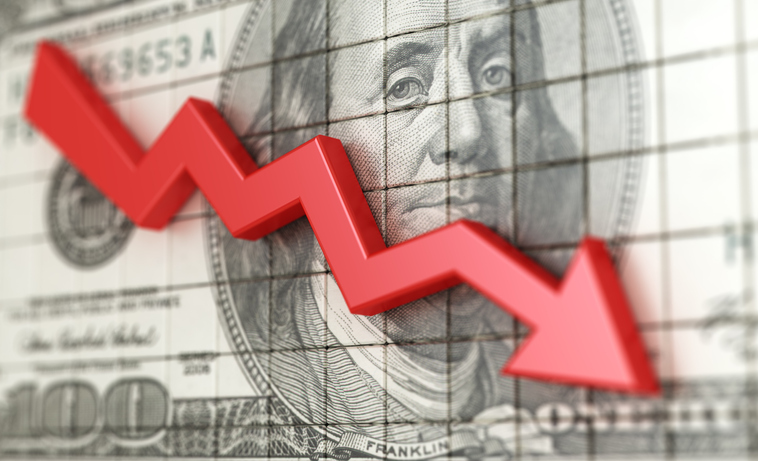Dollar falls as investors continue to pile into risk assets
- Go back to blog home
- Latest
Last week saw a continuation of recent trends in financial markets. Equities and credit assets rose, commodity prices soared, and the dollar was weak, though its moves were subdued.
The PMI leading indices of economic activity take front and center this week. The first look at February activity levels will be published on Friday in the US, the UK, and the Eurozone. We expect the UK and Eurozone indices to surprise to the upside and the US one to remain very strong. If our view is correct, we should have another positive week for risk assets in general and emerging market currencies in particular.

GBP
Sterling is still trading higher on the back of the successful vaccine rollout in the UK. Last week, the news that the UK avoided contraction in the last quarter of 2021 added fuel to the pound rally, as it suggests the latest lockdowns have been less damaging than feared. Sterling outperformed every G10 peer currency save the Australian dollar.
This week, in addition to the above mentioned PMIs, we get inflation data for January. We expect inflation data generally to surprise to the upside, so this week could see a solid performance in the pound. Investors will also be eagerly awaiting Prime Minister Johnson’s press conference next Monday, where he is set to outline the plan for unwinding lockdown measures in England.
EUR
Last week was very light on data, so markets focused on the apparent good news from Italy, where former ECB President Draghi was able to form a government, triggering some buying appetite for Italian bonds. The euro rose modestly against the dollar in line with most G10 currencies, although it generally continues to underperform given the still very sluggish pace of vaccinations taking place in Europe.
This week the focus will remain on the pace of vaccination across the Eurozone, in addition to the advance PMI business surveys, which as we mention above could well surprise to the upside as businesses adapt to the lockdown restrictions and pent up consumer demand accumulates.
USD
Chair Powell articulated the extreme dovish stance of the Federal Reserve last week in a speech in New York, where he implied that the Fed would look through above-target inflation this year. On the fiscal side, the Biden administration is pushing hard for a large stimulus package. In this context, it is impressive that the US Treasury managed to unload a large amount of government bonds without immediate impact on the price last week, though the bonds did sell-off in late Friday trading.
In addition to the PMIs, which are somewhat less meaningful in the US than elsewhere, we think it’s time to start paying attention to US bond markets. We believe holding US debt instruments that yield considerably less than inflation in the current political environment will come increasingly under question.

